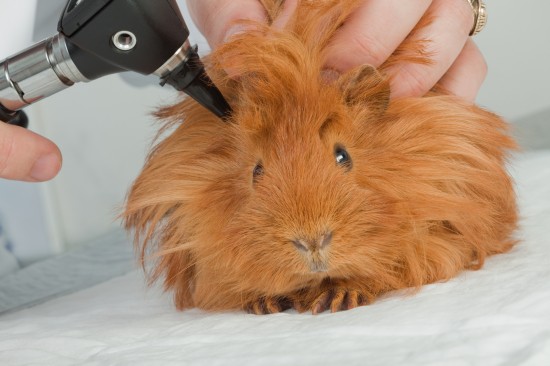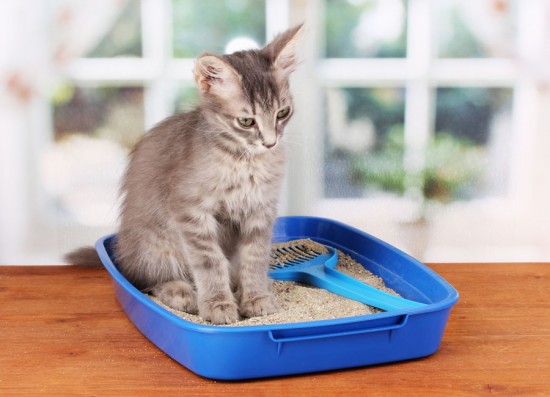
A lot of people nowadays are interested in raising goats for milk due to an increasing demand of milk by consumers worldwide. There are also other products made from milk which are high in demand such as cheese and butter. Although milk can be produced from cows, raising dairy goats is much easier to do. It also requires low initial capital investment and is low maintenance because goats eat tree leaves, grasses, weeds and agricultural by-products. If you are interested in raising goats for milk, it is essential to acquire skills and knowledge about raising them before starting out.
When raising goats for milk, you should know that a female goat starts mating at the age of seven to nine months and can be milked when it reaches a year. Goat milk production is seasonal and goats usually lactate for eight to ten months. During that time, they produce about 750 quarts or 1500 pounds of milk. About 2000 pounds of milk is considered as sufficient production to sustain a viable commercial operation.
In milking your goats, a regular schedule should be established. Usually, you milk the goats twice a day with a 12 hour interval in a clean environment. Another tip to remember when raising goats for milk is that when you milk the goats less especially in early lactation, the production milk also decreases. Make sure to milk the udder completely for continuous milk production.
You can milk the goat manually or it can be extracted by machine. It depends on the equipment and work force you have. You can do hand milk for a few goats like 15 goats and below, while it is more practical to use a machine for a larger group of goats. When using a milking machine, make sure to monitor your equipment to make sure that it is functioning properly. Also perform milking in a clean and sanitary environment and use equipments that have been cleaned prior to using them.
Also remember that in milking you start from the young, the healthy ones and the oldest animals last. Before milking, strip the teats of the goat to inspect it for any changes or abnormalities in the milk. Clots found in the milk and stringy milk are signs of mastitis. When you are milking, regardless of the setting, ensure that the surroundings and the materials used are clean. By observing and practicing this, the spread of infections and diseases can be prevented.
These are just some basic tips on raising goats for milk. Aside from these tips, dedication, patience and hard work are also necessary for it to be a success.
Are you looking for more tips on raising goats for milk? Separate yourself from the usual goat owners who are prone to common mistakes. If you would like to learn more tips on caring for goats and raising goats correctly, click here: www.raising-goats.com
 How To Deal With Ear Infections In Guinea Pigs
How To Deal With
How To Deal With Ear Infections In Guinea Pigs
How To Deal With
 Keeping Catfish As Pets
Keeping Catfish A
Keeping Catfish As Pets
Keeping Catfish A
 Weaning Your Puppy Off Puppy Pads In Favour Of Toileting Outside
Weaning Your Pupp
Weaning Your Puppy Off Puppy Pads In Favour Of Toileting Outside
Weaning Your Pupp
 Preventing And Removing Pet Odour From The Home
Preventing And Re
Preventing And Removing Pet Odour From The Home
Preventing And Re
 How To Make Life Easier For Guests With Cat Allergies
How To Make Life
How To Make Life Easier For Guests With Cat Allergies
How To Make Life
Copyright © 2005-2016 Pet Information All Rights Reserved
Contact us: www162date@outlook.com